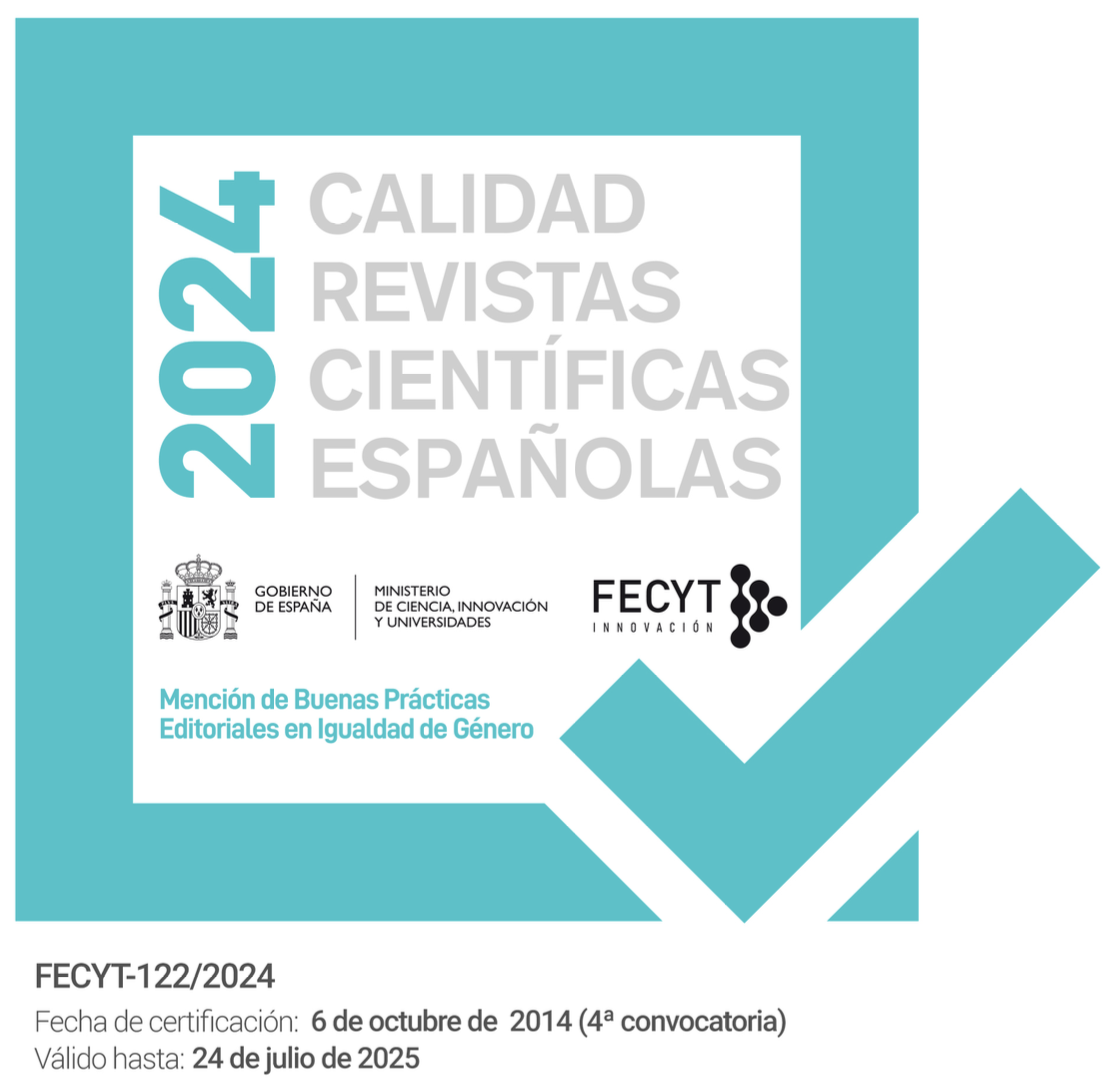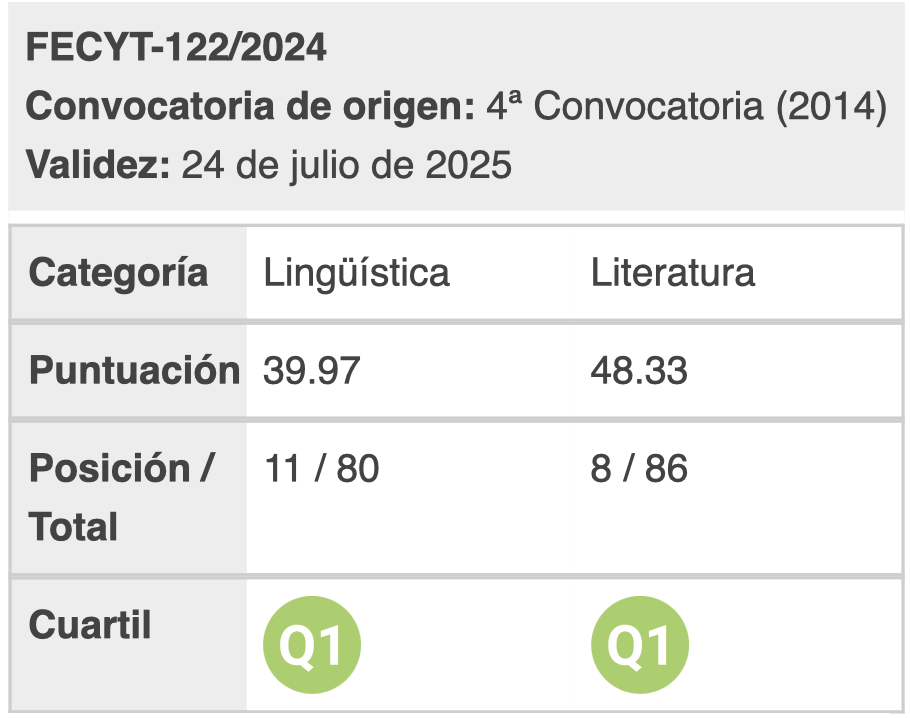The Semantics and Syntax of Old English End Verbs
DOI:
https://doi.org/10.28914/Atlantis-2020-42.1.09Abstract
This article deals with the syntax and semantics of Old English End verbs on the basis of the framework of verb classes and alternations and the theory of Role and Reference Grammar. The analysis focuses on class membership and includes meaning components and argument realisation—linking in simplex and complex constructions and alternations. The inventory of verbs under analysis comprises a¯blinnan, ætstandan, blinnan, for(e)sacan, geblinnan, linnan, ofersittan, oflinnan, oðstillan and (ge)trucian. The main conclusion is that the morphologically related verbs a¯blinnan and blinnan are the strongest candidates for End verbs, given the syntactic constructions and morphosyntactic alternations in which they are found.
Downloads
Metrics
References
Acevedo Butcher, Carmen. 2006. God of Mercy: Ælfric’s Sermons and Theology. Macon, GA: Mercer UP.
Bosworth, Joseph and Thomas N. Toller. 1973. An Anglo-Saxon Dictionary. Oxford: Oxford UP.
Callaway, Morgan. 1913. The Infinitive in Anglo-Saxon. Washington, DC: The Carnegie Institution of Washington.
Cambridge Dictionary Online. 2019. [Accessed online on April 3, 2019].
Clark Hall, John R. 1996. A Concise Anglo-Saxon Dictionary. Toronto: U of Toronto P.
Cockayne, Thomas Oswald. 1864. Leechdoms, Wortcunning and Starcraft of Early England. Vol 1. London: Longman.
Cook, Albert S. and Chauncey Brewster Tinker. 1908. Select Translation from Old English Prose. Boston, MA: Ginn.
Cortés Rodríguez, Francisco José and María Auxiliadora Martín Díaz. 2003. “The Meaning-Syntax Interface of Writing Verbs: Templates, Constructions and Linking Rules within a Lexical Grammar of Old English Verbal Predicates.” Revista Canaria de Estudios Ingleses 47: 13-35.
Cortés Rodríguez, Francisco and Marta González Orta. 2006. “Anglo-Saxon Verbs of Sound: Semantic Architecture, Lexical Representation and Constructions.” Studia Anglica Poznaniensia 42: 249-84.
Cortés Rodríguez, Francisco and Dolores Torres Medina. 2003. “Old English Verbs of Running: Linking Semantic Representation and Morphosyntactic Structure.” Folia Linguistica Historica 24 (1): 153-74.
Faber, Pamela and Ricardo Mairal. 1999. Constructing a Lexicon of English Verbs. Berlin: Mouton.
García Pacheco, Carmen Dolores. 2013. “Los verbos de sentimiento en inglés antiguo. Arquitectura léxica e interfaz semántica-gramática.” PhD diss., Universidad de La Laguna.
García Pacheco, Luz María. 2013. “El dominio verbal de la existencia en anglosajón. Análisis semántico-sintáctico.” PhD diss., Universidad de La Laguna.
Gardner, Edmund G. 1911. The Dialogues of Saint Gregory the Great. London: Philip Lee Warner.
Garmonsway, G. N. 1975. The Anglo-Saxon Chronicle. London: Dent.
González Orta, Marta. 2002. “Linking Syntax and Semantics in Old English Verbs of Warning.” Estudios Ingleses de la Universidad Complutense 10: 157-82.
—. 2003. “The Old English Verbs of Smell Perception and Emission: Analysis of the Interface of their Semantic and Syntactic Representation.” SELIM. Journal of the Spanish Society for Medieval English Language and Literature 12: 33-48.
—. 2004. “Diccionario sintáctico del léxico verbal del inglés antiguo. Verbos de habla.” PhD diss., Universidad de La Laguna.
—. 2005. “The Interrelation of Semantic Structure and Syntactic Variation in Old English Verb Classes: Catalogue of Syntactico-Semantic Constructions.” Revista Alicantina de Estudios Ingleses 18: 111-28.
Healey, Antonette diPaolo, ed. 2016. The Dictionary of Old English in Electronic Form A-H. Toronto: Dictionary of Old English Project, Centre for Medieval Studies, U of Toronto.
Healey, Antonette diPaolo, J. Price Wilkin and Xin Xiang, eds. 2004. The Dictionary of Old English Web Corpus. Toronto: Dictionary of Old English Project, Centre for Medieval Studies, U of Toronto.
Langefeld, Brigitte. 1985. The Old English Version of the Enlarged Rule of Chrodegang. Bern: Peter Lang.
Levin, Beth. 1993. English Verb Classes and Alternations. Chicago, IL: U of Chicago P.
Lexico’s Dictionary. [Accessed online on April 3, 2019].
Los, Bettelou. 2005. The Rise of the To-Infinitive. Cambridge: Cambridge UP.
Martín Arista, Javier. 2012. “The Old English Prefix ge-: A Panchronic Reappraisal.” Australian Journal of Linguistics 32 (4): 411-33.
—. 2017. “El paradigma derivativo del inglés antiguo. Alternancias, recursividad y desajustes en la formación basada en los verbos fuertes.” Onomázen 37: 144-69.
—. 2019. “Another Look at Old English Zero Derivation and Alternations.” Atlantis 41 (1): 163-82.
Martín Arista, Javier et al. eds., 2016. NerthusV3: Online Lexical Database of Old English. Nerthus Project, U de la Rioja. [Accessed online on March 15, 2019].
Miller, Thomas 1999. The Old English Version of Bede’s Ecclesiastical History of the English People. Cambridge: Ontario.
Needham, G. I. 1996. Ælfric Lives of Three English Saints. London: Methuen.
Nicholson, Lewis E. 1991. The Vercelli Book Homilies: Translations from the Anglo-Saxon. Lanham, MD: UP of America.
Ringe, Don and Ann Taylor. 2014. The Development of Old English: A Linguistic History of English. Vol 2. Oxford: Oxford UP.
Roberts, Jane, Christian Kay and Lynne Grundy. 2000. A Thesaurus of Old English. 2 vols. Amsterdam and New York: Rodopi.
Seymour, M. C. 1965. Translations from the Old English. Edinburgh: Econoprint.
Swanton, Michael James. 1975. Anglo-Saxon Prose. Guilford: Dent.
Sweet, Henry. 1958. King Alfred’s West-Saxon Version of Gregory’s Pastoral Care. Vol 50. Ann Arbor, MI: Early English Text Society.
—. 1976. The Student’s Dictionary of Anglo-Saxon. Cambridge: Cambridge UP.
Taylor, Ann et al. 2003. The York-Toronto-Helsinki Parsed Corpus of Old English Prose. [Accessed online on March 26, 2020].
Thorpe, Benjamin. 1844. The Homilies of the Anglo-Saxon Church. Vol 1. London: Red Lion Court.
—. 1846. The Homilies of the Anglo-Saxon Church. Vol 2. London: Red Lion Court.
Van Valin, Robert D., Jr. 2005. Exploring the Syntax-Semantics Interface. Cambridge: Cambridge UP.
—. n.d. a. “A Brief Overview of Role and Reference Grammar.” Role and Reference Grammar. [Accessed online on April 10, 2019].
—. n.d. b. “An Overview of Role and Reference Grammar.” Role and Reference Grammar. [Accessed online on April 10, 2019].
Van Valin, Robert D., Jr. and Randy LaPolla. 1997. Syntax: Structure, Meaning and Function. Cambridge: Cambridge UP.








